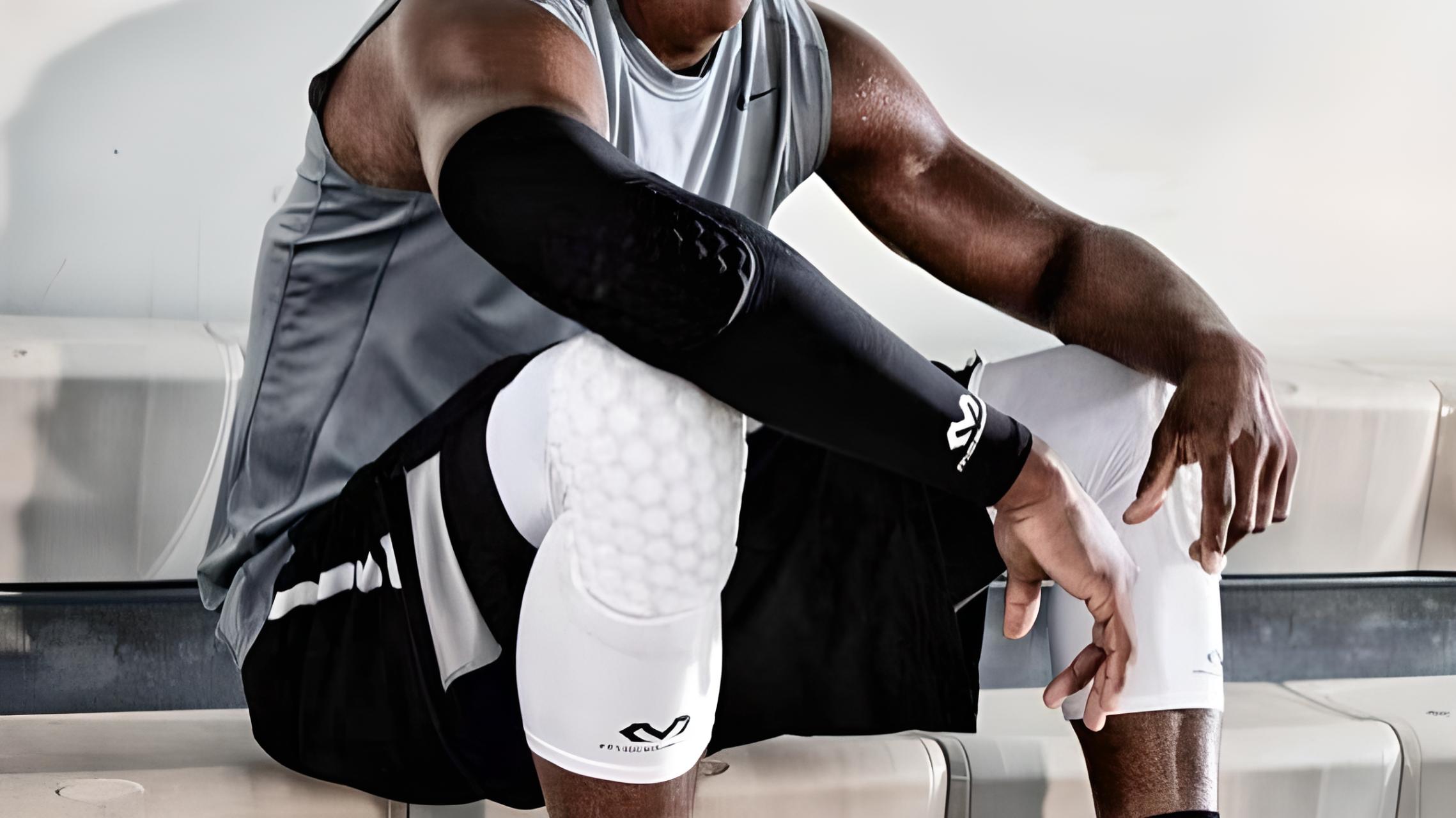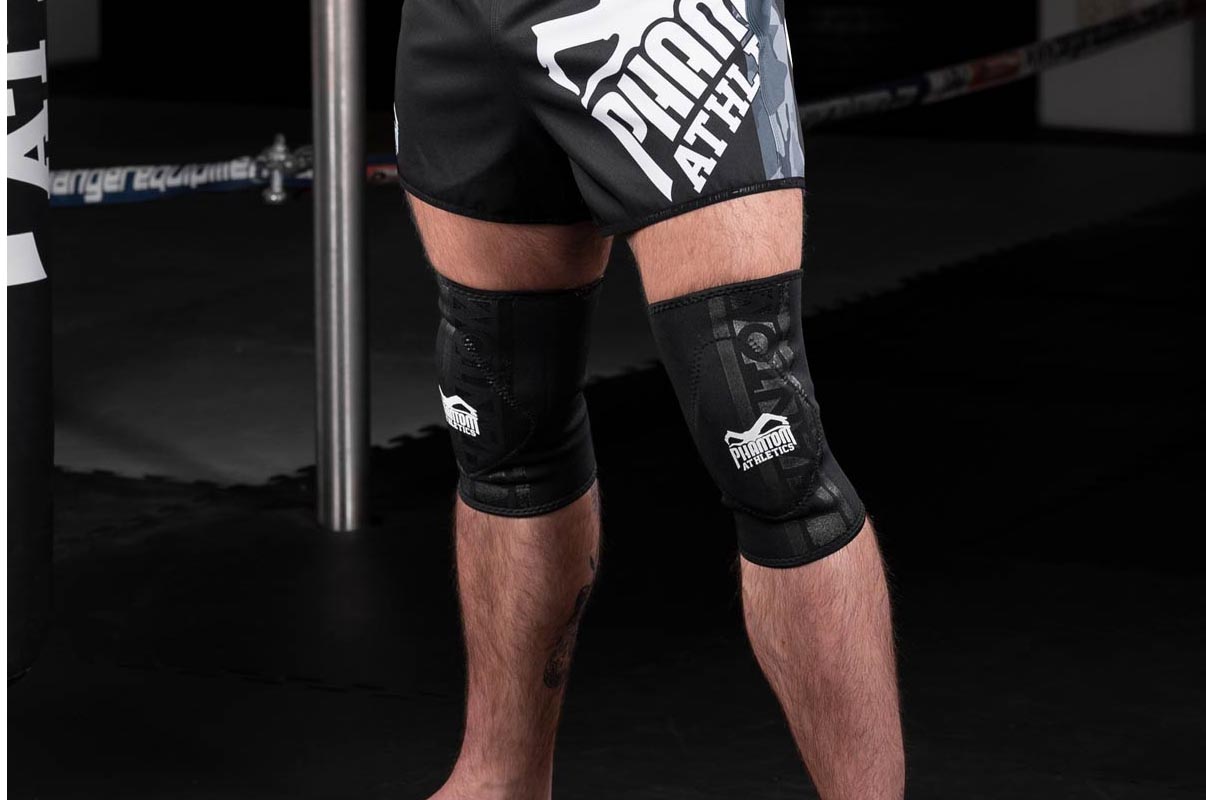There are plenty of sports out there that require some sort of protective gear. Some need head-to-toe protection like in hockey, and some need just knee and elbow pads. But there are fighting sports such as boxing, UFC and MMA that require serious protection of the fighter’s head, hands and legs. There are specially designed gloves, head guards and protectors that reduce the force of the impact and keep them safe from more serious injuries.
Head Guard

Head injuries are some of the most common in MMA fighting. It’s a very vulnerable part of our bodies and it needs as much protection as you can add. Always choose premium quality protective equipment for mixed martial arts to be as safe as you can. Don’t try to save a couple of dollars by buying cheaper equipment because it can cost you your health and career.
The first thing to determine is the fit. The head guard’s size is determined by head circumference. You measure the circumference by wrapping a soft measuring tape around your head, just above your eyebrows. Once you get the number, compare it to the sizing chart of the seller. The headguards usually come in four sizes, small, medium, large and X-large.
Padding can make a huge difference. If your headguard has enough it’ll lower the chances of you getting cuts, swelling and bruises. Visibility and ventilation are important as well. You should be able to see your opponent clearly to block their kicks and hits. Nothing should obstruct your field of vision. If the headguard has good ventilation, you’ll feel less sweaty, and your head won’t overheat underneath.
The head guard is made of several different materials. The main one is closed-cell foam. Manufacturers chose it because it’s water-resistant, lightweight, durable, dense, soft, flexible and has high shock absorption. For the surface coverings, leather, dipped vinyl and vinyl fabric are the best options.
They don’t make a big difference when it comes to protection, but the effect on the headguard’s function. Leather is the oldest material used for this purpose. It’s a common, classic choice because it’s a natural product and has a long lifespan. Vinyl fabric is more budget-friendly, has a very traditional look, it’s very durable and stain-resistant.
Dipped vinyl is coated with liquid polymer. This material is easy to clean, moisture-resistant, dries quickly and has a more modern look. If you’re a beginner, the head guard is a must-have protective piece. Choose the size and materials wisely so you get the most out of it in every situation.
Leg & Arm Sleeves

Leg and arm sleeves may not seem like a crucial part of your protective gear, but they can make a difference. Their purpose is to keep your muscles warm and prevent muscle strain and fatigue. They’re made to be sleek, comfortable and easy to wear. When made from the right material they can stand up to abrasions, scuffs and skids.
Some of them even have extra padding around the knees for an extra layer of protection and comfort. Look for a pair that has moisture-wicking properties. This way they’ll wick away sweat and leave you nice and dry throughout practice. Check the seams and make sure they’re sturdy and can take up a lot of wear and tear.
This piece of protective equipment for mixed martial arts should be machine washable and dryable. You’ll have to clean it a lot, after every game or practice time because there will be a lot of sweat-soaked up inside. Most leg and arm sleeves come in several sizes, small, medium, large and extra-large. Choose the one that fits you the best without restricting your blood flow or slipping from your arms and legs.
Shin Guards

Even the slightest bump on our shins hurts. Imagine when you use your shins to throw kicks at another person and bump full force into someone’s body. That hurts a lot. That’s why you should get shin guards. There are two main types of shin guards you can choose, sock type and guards with adjustable straps.
The sock type has a thin layer of foam across the shin and the foot. The foam is held together by stretchy materials such as neoprene or cotton. These guards are usually used during practice sessions because they’re not very durable and don’t provide much protection when a strong blow comes into you.
Still, some MMA fighters prefer them because they’re lightweight and give them more mobility in the ring. They don’t have a lot of exposed edges, which means fewer chances of injury. Just as the name suggests shin guards with adjustable straps, have just that, adjustable straps so you can secure them tightly around your legs.
This piece of MMA protective gear has dense padding at the shins and on the top part of the foot. One strap is close to the top and the second one is between the top of the ankle and the bottom of the calf. Always check the size chart of the store and make sure they fit you well. Nothing too tight or too loose because it’ll interfere with your performance.
Knee Pads

A lot of MMA fighters have knee problems because of the intensity of the sport. To avoid worsening the condition or getting serious injuries, you should always wear knee pads. Material-wise, there’s no compromise. You should aim for the best and most durable pair of knee pads you can find.
These pads have 3 parts made of different materials. The sleeve is elastic cotton or neoprene. The padding, which is a shell or a cap, can be plastic, foam, carbon fibre or rubber. The closure system varies depending on the manufacturer. There can be straps, hooks or loops.
Some pads don’t have closure systems and come in a sleeve form, which is easy to put on and take off. Choose the size wisely. The pads shouldn’t restrict your movements or restrict blood flow. They shouldn’t be too loose as well. A nice cosy fit will give you the most protection and freedom of movement.